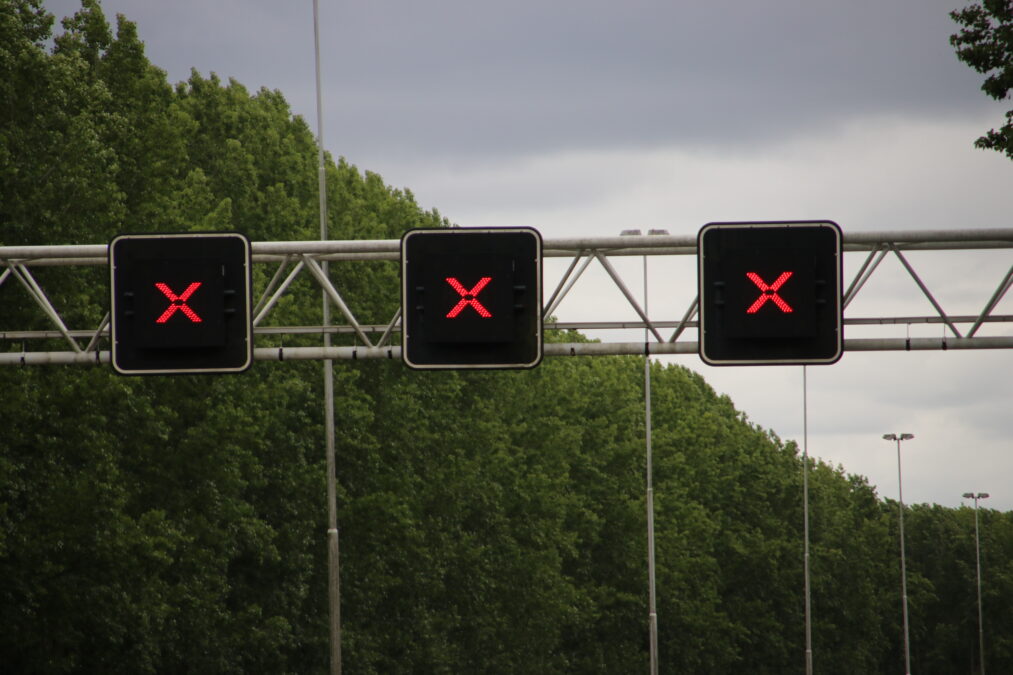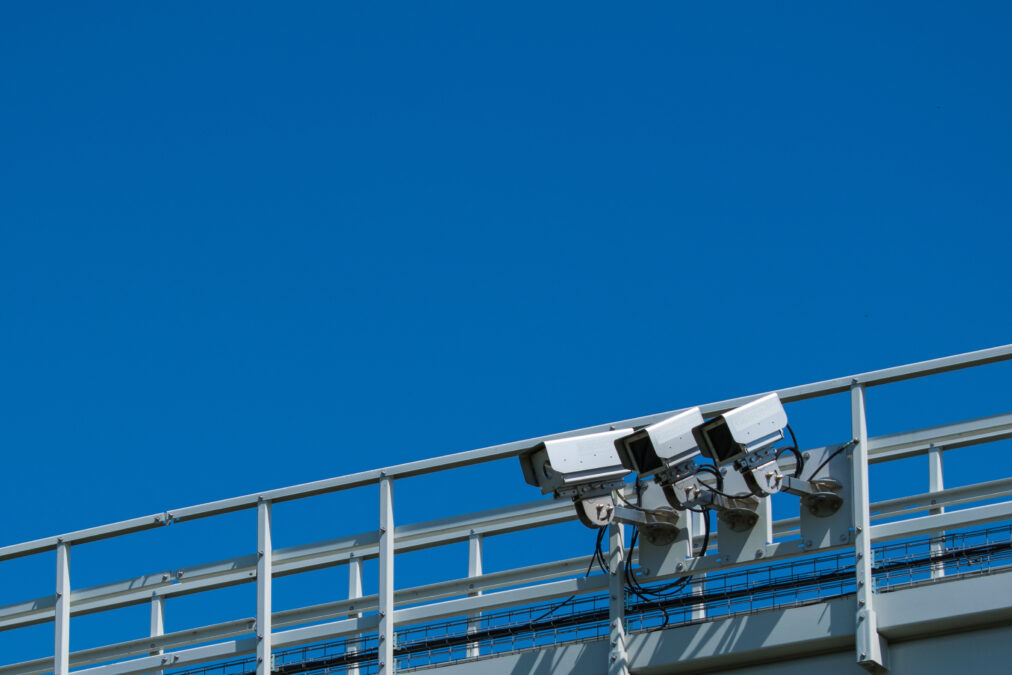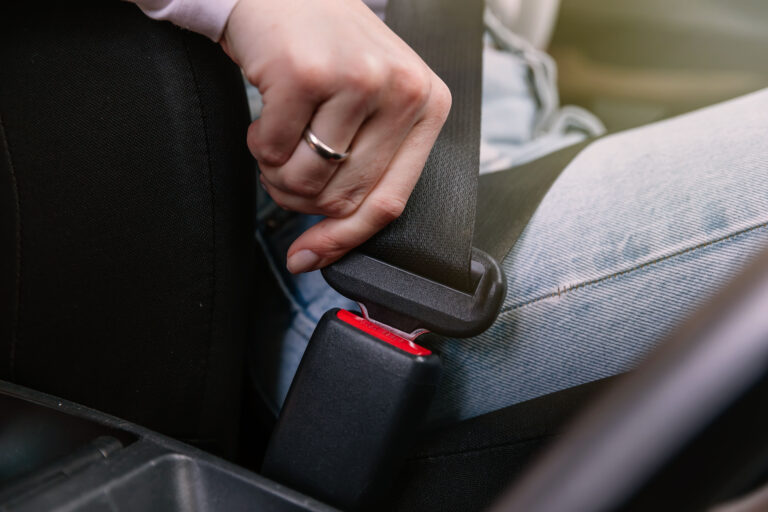
A Guide to Smart Motorways
What is a smart motorway?
Ever wondered what a ‘smart motorway’ actually is? Find out with: A guide to smart motorways.
A smart motorway is a motorway which uses technology to respond to real time traffic flow with the aim of easing congestion[1]. Responding to accidents, roadworks, and traffic jams to make driving on the motorway a more flowing experience[2].
They achieve this by using technology like electronic signs that update automatically, CCTV, and enforcement cameras.
They analyse traffic and if an accident or a traffic jam looks like it will cause a delay, the signs might enforce a slower speed limit or open the hard shoulder so people can use this as a lane. The Highways Agency trialled what it called “Active Traffic Management” on the M42 in 2006. They considered this experiment a success and then installed Active Traffic Management on other congested motorways.
Today, instead of widening the motorways, the Highway Agency has now used smart motorway technology instead.[3]
There are 3 types of smart motorways. These include:
- Controlled – These use a permanent hard shoulder for emergency use only and use variable speed limits to adjust the flow of traffic.
- Dynamic – This is similar to a controlled smart motorway but the hard shoulder can be opened up using overhead signs when traffic is heavy. When this happens, all lanes speeds are reduced to 60mph.
- All-lane running – An all lanes running smart motorway has no hard shoulder but instead has an emergency refuge areas at regular intervals. If a breakdown or accident occurs in a live lane, overhead signs will close the affected lanes.
What technologies do Smart Motorways use?
Smart Motorways use multiple automatic and human led systems to work. These are:
- Stopped Vehicle Detection (SVD) – SVD is used to spot vehicles that have broken down or been involved in an accident. It acts quickly to close lanes and reduce the speed of live lanes before Highways Officers get to the scene.
- CCTV – This allows operators to monitor the conditions of the road from a birds eye view, making it easier to make a decision on what support is needed[4].
- Signage – Overhead signs are used to inform drivers of conditions on the road ahead. For example, if there has been an accident, it will tell drivers to reduce their speed and prepare for lane closures.
- Highways Agency Digital Enforcement Camera System (HADECS) – This system not only helps set the variable speed limit, it also allows it to be enforced. It records the number plates of anyone breaking the speed limit and sends them a Penalty Charge Notice letter.

Which UK motorways are smart motorways?
Smart motorways have been introduced on a number of British roads. These include:
- M1
- M3
- M4
- M5
- M6
- M20
- M25
- M26
- M42
- M60
- M62
What are the pros of Smart Motorways?
- Improved traffic flow due to increased number of live lanes at most times.
- Saves money on building more lanes.
- Emergency refuge areas are tucked away from live lanes making them safer than a hard shoulder.

What are the cons of Smart Motorways?
- Reliant on technology – if technology fails this could be incredibly dangerous with lanes failing to close when vehicles have broken down in a live lane.
- Distance between emergency refuge areas – Broken down vehicles may not be able to make it to emergency refuge areas.
- Difficulty re-joining traffic from refuge area as there is not enough room for the driver to get their speed up.
- Increased risk of crashes and near misses – risk of striking a stationary vehicle or pedestrian exiting their vehicle.
Are Smart Motorways Safe?
You may have seen stories in the media about Smart Motorways being dangerous, as well as campaigns to ban them[5]. Statistics show that Smart Motorways are safer with the introduction of variable speed limits. However, the main cause for concern is the removal of the hard shoulder, where vehicles can become stranded next to live traffic[6].
After listening to concerns in January 2022, the government paused the roll out of new All Lane Running (ALR) motorways until they have 5 years of safety data. This data will be analysed to better understand the safety of the ALR motorways before more are rolled out. [7]
For more information on what to do in an accident, check out our blog!
[1] What are smart motorways and are they dangerous? – BBC News
[2] Smart motorways – what are they? – Confused.com
[3] Smart Motorways | Roads.org.uk
[4] Traffic camera/CCTV services – National Highways
[5] Smart motorway deaths: Coffins protest takes place in London – BBC News
[6] What are smart motorways and are they dangerous? – BBC News
[7] Smart motorway rollout to be paused as government responds to Transport Committee report – GOV.UK (www.gov.uk)







